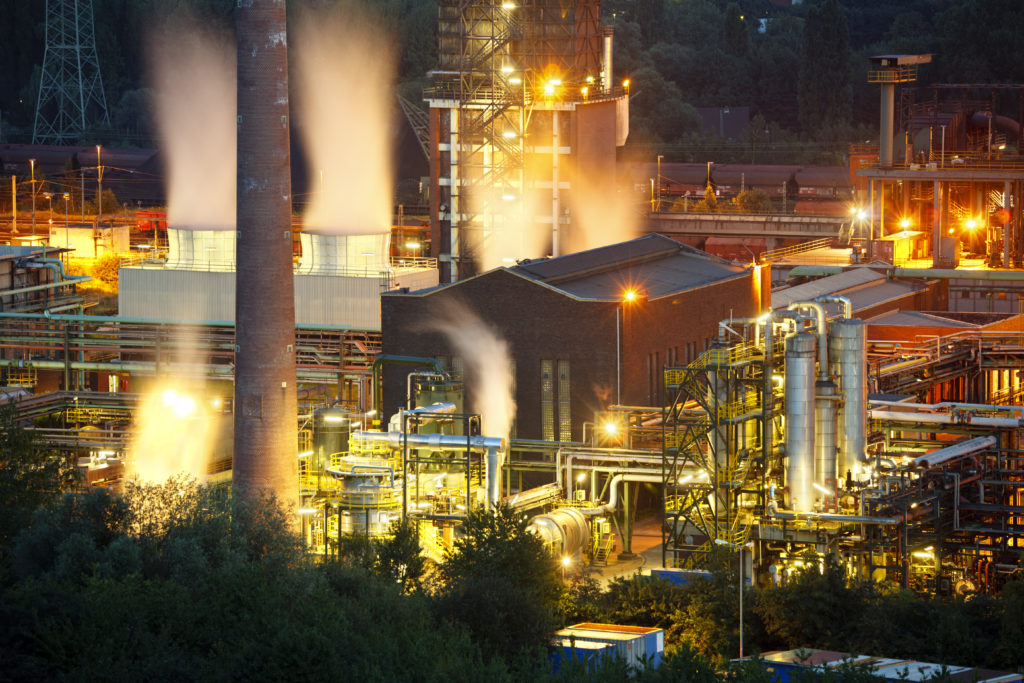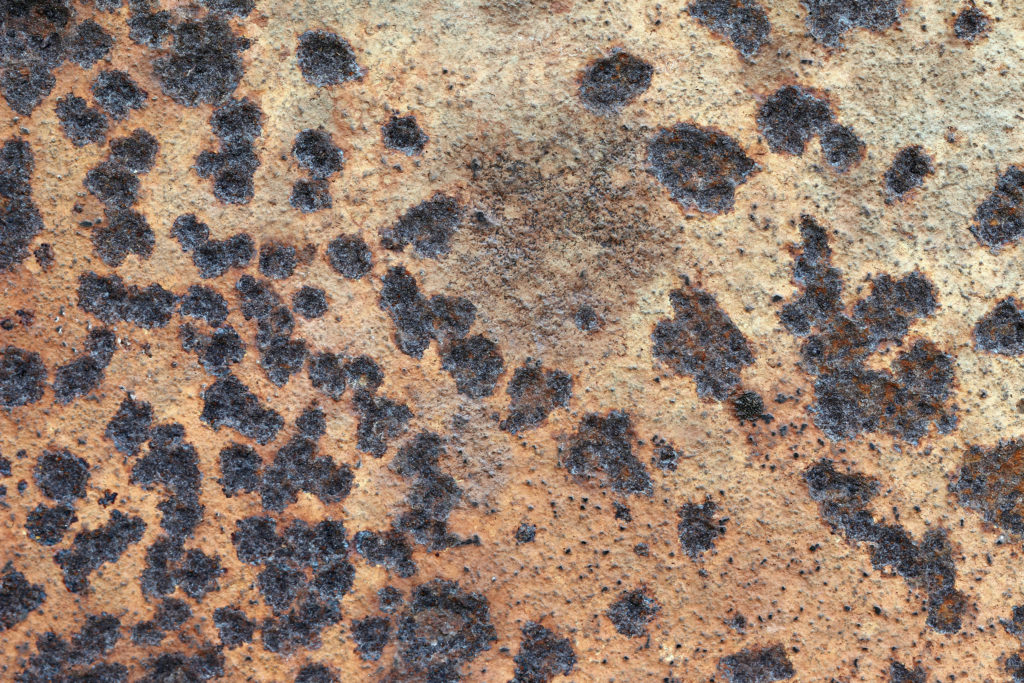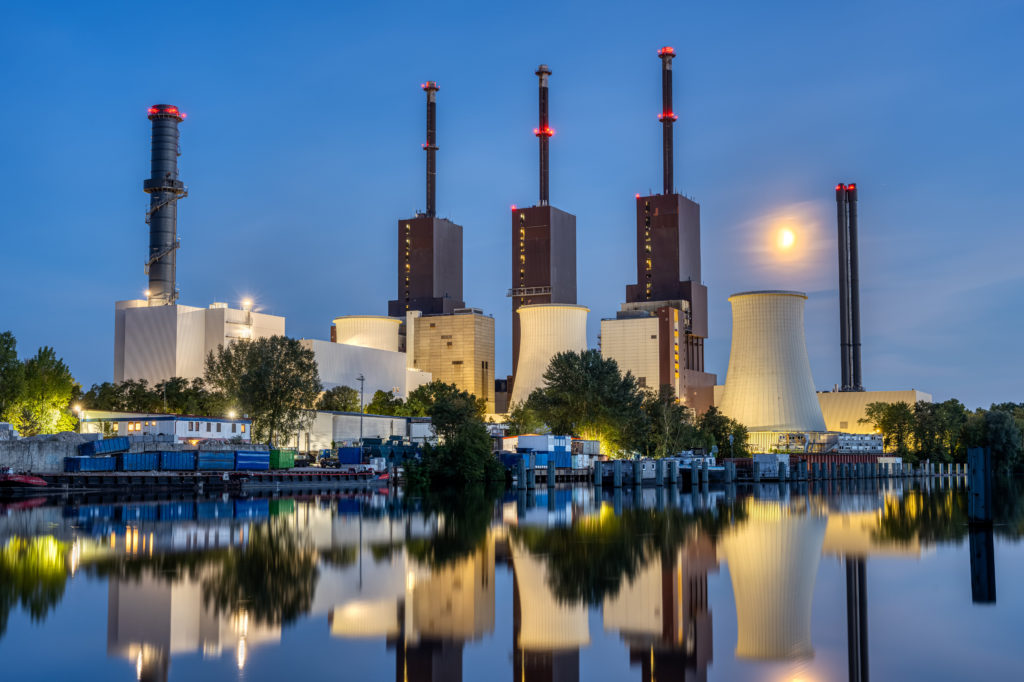Selective leaching weakens alloy structures in heat exchangers; HeatX offers effective protection, enhancing durability and reducing maintenance costs.
Currently browsing: Science
Understanding Stress Corrosion in Heat Exchangers
Stress corrosion is a significant concern in industries that rely heavily on metal structures exposed to corrosive environments, such as oil and gas, energy, and manufacturing. It […]
Mitigating Pitting Corrosion in Heat Exchangers
Pitting corrosion in heat exchangers can severely damage equipment, reducing performance and lifespan; using treatments like HeatX can prevent it.
Enhancing Biomass Co-Firing Systems with HeatX
Biomass co-firing reduces CO2 emissions but causes heat exchanger corrosion. HeatX, a nano-surface treatment, mitigates corrosion, prolonging lifespan and efficiency.
Fighting Scale and Corrosion on Geothermal Plant Equipment: Addressing Challenges in Harsh Environments
Geothermal plants operate in environments characterized by high temperatures, aggressive chemical compositions, and varying pressures. These extreme conditions, while necessary for extracting geothermal energy, also create a perfect storm for scale formation and corrosion.
Recent Posts
- Boosting Heat Exchanger Efficiency in the Era of Energy Expansion
- Advanced High-Temperature Heat Exchanger Materials with HeatX in Industrial Implications
- The Impact of Digital Twin Technology with HeatX on Heat Exchanger Maintenance in the Oil & Gas Sector
- Innovative Heat Exchanger Solutions by HeatX: Supporting America’s Energy Goals
- Improving Heat Pump Performance in Extreme Weather with HeatX





Recent Comments